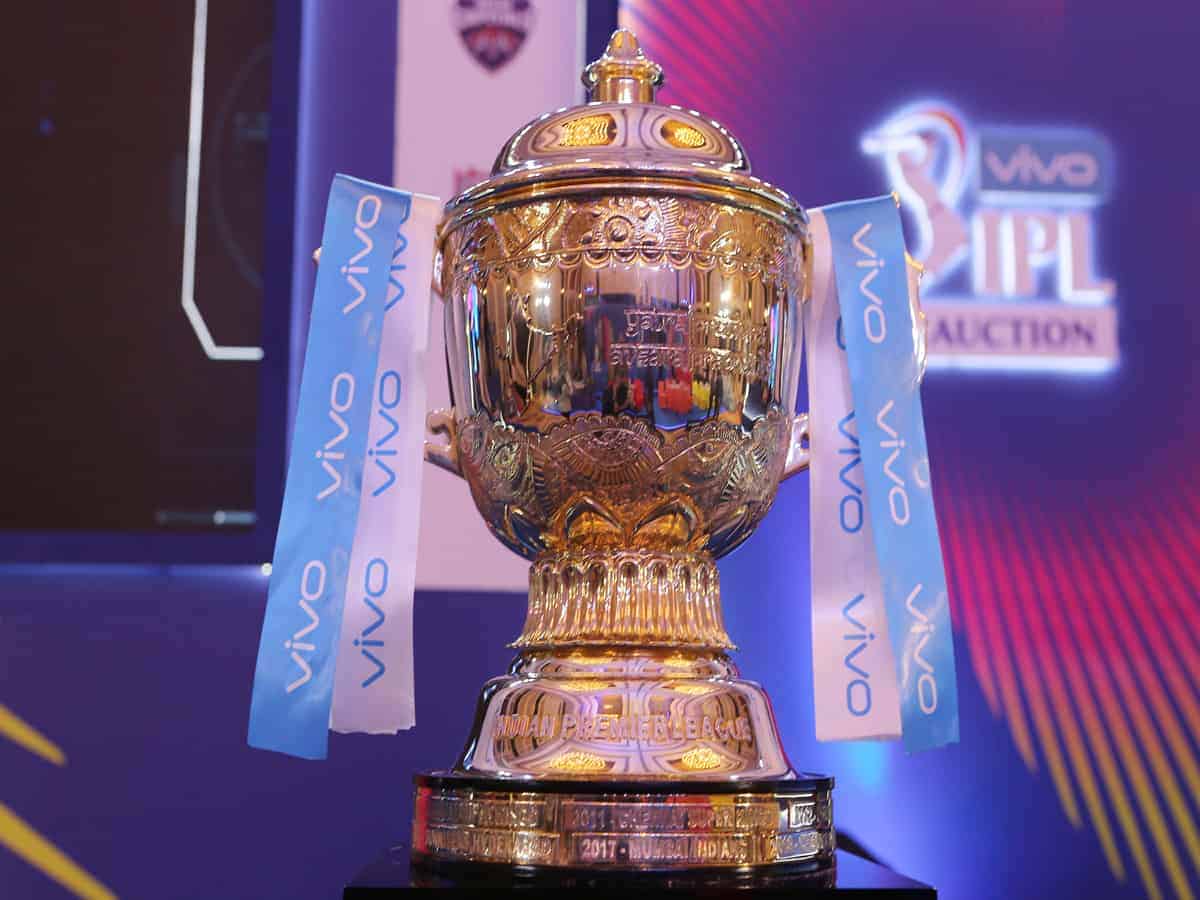The Indian Premier League (IPL) has commenced with a flourish. Cricket has become the entertainment in this scary, dreary and home-bound alternative that one is facing due to Covid-19.
The cricketers, especially the Indian eager beavers, are making a mark. Like in earlier editions, lesser-known names are emerging.
The IPL brings to light the talent that India possesses in limited-overs cricket. It is a super platform for an aspiring Indian player to come into limelight.
The standard of cricket being played in the IPL is of a much higher quality than in any other league in the world.
Several international players who have been extremely successful elsewhere are looking like average performers in the IPL.
One is pleasantly surprised when one sees young Indian bowlers coping with the responsibility and pressure of bowling the crucial and final overs.
The most expensive player in IPL history, Chris Morris being denied strike by young Rajasthan Royals skipper Sanju Samson on the last ball of the match was a good example of how young Indian players are making bold decisions and are willing to shoulder responsibility.
Samson refused to take a single and instead trusted himself to clear the boundary on the last ball of the match.
Unfortunately, he failed to get the required runs and was caught on the boundary.
The way Morris had faced the few deliveries earlier, did not inspire much confidence and so Samson taking the onus onto himself was understandable.
Similarly, bowling in the death and crucial overs by Harshal Patel, T. Natarajan, Chetan Sakariya, Avesh Khan, Rahul Chahar, Shahbaz Ahmed has shown the mental strength and nerves of steel that the new Indian cricketers possess.
India’s international cricketers have also shown this tough characteristic in their last two series against Australia and England recently and to see the same attitude in domestic cricketers is quite remarkable.
The professional atmosphere that every franchise brings forth through highly-recognised mentors, coaches, analysts, fitness trainers and specific batting, bowling and fielding experts is quite astonishing.
The world’s best cricket-related support staff have converged on the IPL and are bringing their experience and thought processes into play.
This has been fabulous for Indian cricket. All this augurs well in developing, creating awareness and strategising the players’ skills and approach.
However, the problems that arise is when things go awry and players have to do the basics, like use their natural cricketing instinct and intelligence.
Cricket intelligence is what made the likes of Vinoo Mankad, Kapil Dev, Ian Botham, Garry Sobers and so many of the past cricketers including Sachin Tendulkar invigorating to watch. One wonders whether this excessive brainstorming and analysing that a modern cricketer is subjected to is diminishing one’s natural thought process and approach.
The two matches that come to mind recently were those in which both Kolkata Knight Riders and Sunrisers Hyderabad failed to chase achievable targets.
Both the sides were in a comfortable stage, needing around a run a ball with plenty of wickets in store.
The pitch was certainly not a mine-field; however, it was slow-paced like in many Indian venues. This was an ideal situation which required a batsman to play in the gaps which the limited-overs field restrictions offers in abundance. That could have helped them accumulate runs without taking much risks.
Instead, what one saw in the approach of the batsmen was the eagerness to hit the ball into the empty stands. This attitude prevails because analysts and researchers have shown that T20 victories are won by scoring more boundaries and not through subtle placements.
Both the bowler and the batsman are trained to bowl and bat in a certain way as indicated to them by the wise men who sit in the bunker.
One can see the confusion that prevails in the thought process of not only the young but also the experienced cricketers — whether to follow their natural instincts or adhere to the drawn-up plan that has been carefully thought out.
The natural fall-out is to listen to the coaches. Failing even while executing their plan and process would be acceptable, whereas, to do so on one’s whims and fancy could prove to be unacceptable.
This is precisely why both KKR and SRH lost in their chase.
The game of cricket does require all the tools available to understand, utilise, analyse to develop a team’s strategy and a cricketer’s skills. But suffocating one’s natural approach is not sustainable in the long run.
Indian players, who have lost form seem to run home to their local coaches and mentors, who have developed them, for help. This has been the case with many Indian cricketers. Not a single one of them has approached either his foreign IPL coach for help or advice.
Yes, a cricketer does need all the inputs in becoming better but when it comes to fulfilling a task like chasing a target with simple cricket intelligence, M.S. Dhoni was a prime example.
This he could do so because of his sharp cricketing brain and his ability to understand his game. This is why he was considered to be one of the best ‘finishers’.
The beauty was that his mind was a clear cricket computer not cluttered with preconceived ideas. Dhoni’s success was his natural cricket intellect which seems to be lacking in the initial matches that one has seen in the recent IPL matches.

